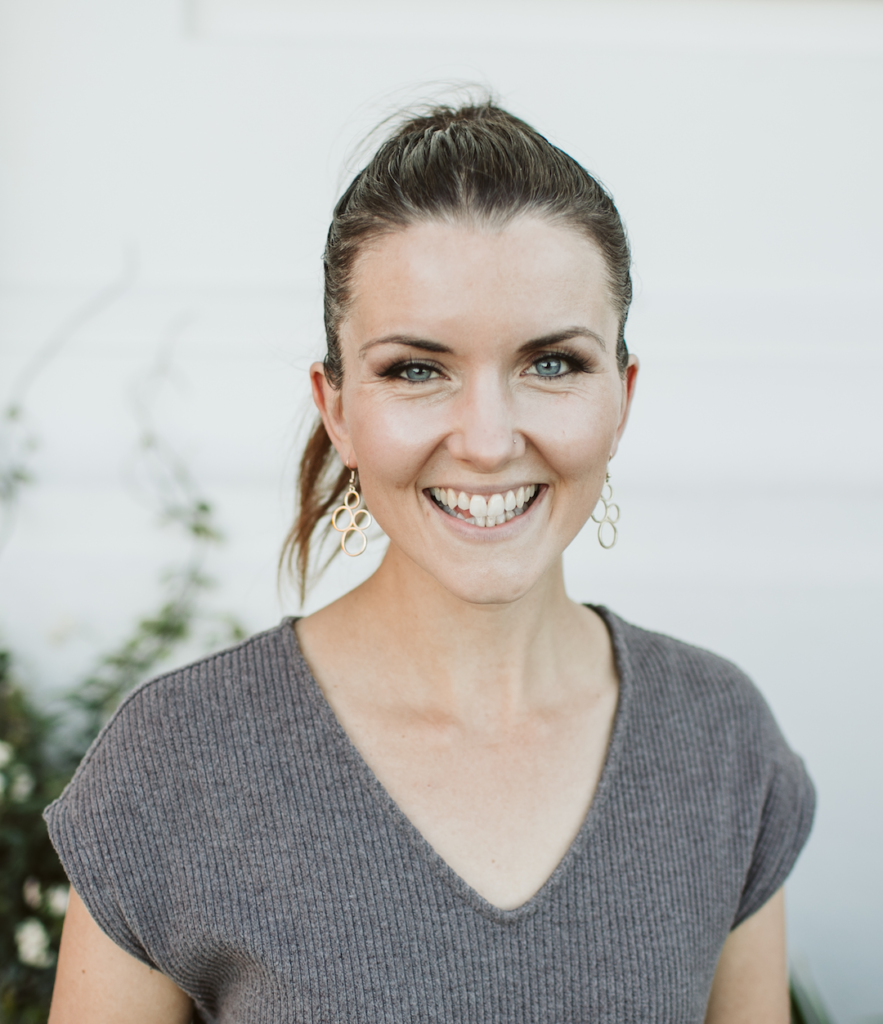If it’s lunchtime, you’ve probably already gotten all the protein you need for the day. Let me explain.
I don’t usually showcase numbers and calculations to you or to my nutrition clients, since I don’t believe that calorie counting and math problems are the answer to healthier eating throughout life. I do think that this example illustrates protein needs quite well, and that’s why I’ve got it here:
We did the math for you by using recommendations from The Institute of Medicine. Adults are supposed to get a minimum of 0.8 grams of protein for every kilogram of body weight each day. This works out to about 64 grams of protein for an adult who weighs 160 pounds. A person who needs a 2,000-calorie-per-day-diet, will need about 75 grams of protein. An average semi-healthy person of about 140 lbs only needs 50 grams of protein per day. Keep in mind that other factors, such as extensive physical activity, pregnancy and blood sugar levels will influence your needs.
Here’s all that it takes to get the 50 grams:
At breakfast: 1 C. cooked amaranth (9g) porridge with a handful of almonds (10g), spices, and dried fruit.
For lunch: ½ fillet wild Atlantic salmon (39g), 1 medium artichoke (4g), 1 side salad (1g).
You haven’t even had dinner yet, but you’ve already fulfilled your recommended daily allowance of protein!
Often the question “Am I getting enough protein ?” is a question based on something else. Perhaps you are actually seeking more energy, or you are having trouble with fluctuating blood sugar. There are a lot of other things we would look at for these issues, and it’s not always a protein problem.
As a semi-vegetarian (with seafood in my diet), I get asked “Where do you get your protein?” Here are many protein-rich foods (and most of them aren’t even animal based):
Spirulina
Hemp
Kale
Brazil nuts
Maca
Goji Berries
Mesquite, Flax seeds (grind these up for easier digestion)
Sesame Seeds
Chia Seeds (23% of one chia seed is made up of protein!)
Sea Vegetables
Organic Eggs
Organic Chicken
Wild Game/Salmon
Tempeh (a fermented loaf that is usually from soy, but can be made from any grain/bean or combination)
Quinoa
Amaranth
Wild/Brown Rice
Millet (this grain has the same amount of protein as wheat, but without the gluten)
Mollusks, like clams, oysters, or mussels.
Almonds
Artichoke
Beets
Cruciferous Vegetables (Broccoli, Brussels Sprouts, Cabbage, Watercress
Kefir
European/Greek Yogurt
You can ensure that you are getting consistent healthy protein in your diet by doing several things. Avoid extremely high temperatures, since overcooking food will denature some of the available protein. Be sure to keep fresh raw foods in your diet. It also helps to keep the skin on root veggies when you’re cooking in an oven or boiling them. This helps trap nutrients inside the vegetable. Plus, many of the nutrients are concentrated in the skin of vegetables. It’s another reason to keep the skin on!
Your assignment:
Begin by recognizing that you are probably getting plenty of protein in your diet. Most of us are. Next, choose 2 of the protein rich foods from the list above to incorporate into your diet in the next week.
If you often feel ungrounded, spacey or fatigued, and would like some support, please let me know. I’d be happy to schedule a 50-minute Nutrition Breakthrough Session (by phone or in person in Olympia, WA) for just $48 (A $140 value). We’ll discuss some meal shifts that can help you start to feel more settled in your own body. Email me now at [email protected] for my next available appointments.
copyright © 2011 Ava Waits

